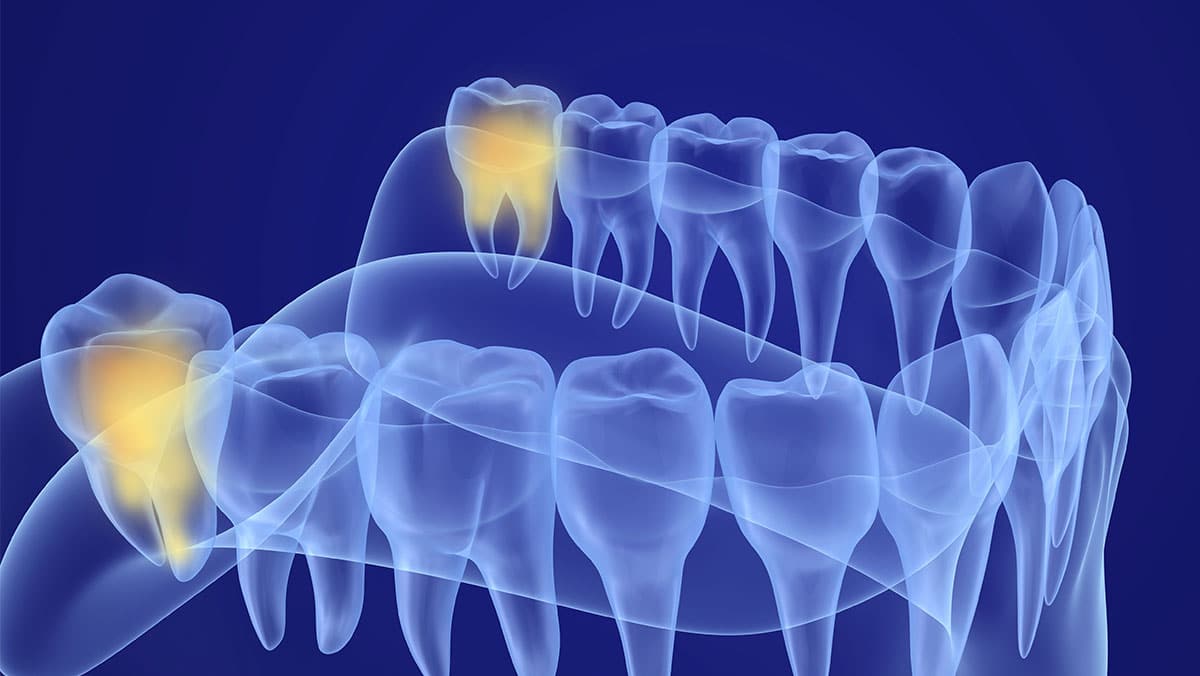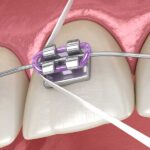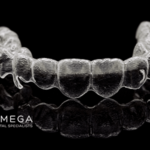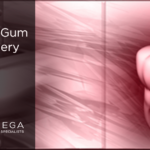Complete Guide to Wisdom Tooth Removal

You will grow wisdom teeth at around the age of 18 to 25. It is during this time that you experience some very uncomfortable feelings. You will probably experience some pain when the teeth are growing. Wisdom teeth grow at odd shapes and directions. When they are growing, you will have problems chewing hard food.
About 85% of the wisdom teeth need to be removed eventually. As the age advances, the difficulty of pulling the teeth goes up. Failing to remove them in time will cauare se you some discomfort that can be extensive as the tooth problem. For instance, you will probably experience following dental problems.
- Pain, tenderness, and some considerable swelling
- Bad taste in the mouth and bad breath
- Cysts that may come with impacted wisdom teeth
- Damages caused to bone, teeth, and gums.
Table of Contents
Impaction, What It Means
Impaction is a state where the tooth has grown but cannot show up in the mouth. It will mostly get covered under the gum and will also keep growing. Impaction is a pretty painful condition that will cause you a lot of discomforts.
To better understand impaction, we will outline the different states in wisdom teeth.
- Erupted: This is not an impaction. The wisdom teeth break through the gums and are completely visible. These cases are very straightforward and easier to handle.
- Soft-tissue impaction: In this impaction, the tooth gets covered under that gum and cannot be visible. This tears the gum’s soft tissue to allow the tooth to grow out.
- Partial bony impaction: In this condition, the tooth is stuck under the gum and also the bone. However, the cover by the jaw-bone is partial. The gum has to be cut open, and then someone has to undergo extraction to allow the tooth to grow.
- Full bony impaction: In this state, the tooth is fully covered under the jaw bone. This is a very complicated condition that also requires a complex procedure. However, the removal of the tooth is very critical. If you don’t consider removal, you will experience extended painful moments for a very long time.
It is the state of the tooth condition’s invasiveness that determines how extensive the procedure will be. The extensiveness of the procedure also determines how much you will have to spend. You will find that dealing with impaction is pretty expensive compared to simple tooth extraction. When the tooth is in an erupted state, removal is as simple as a normal extraction procedure. However, an impacted tooth will need a surgical procedure for removal.
How to Prepare Yourself for the Removal
You need to ensure that you make adequate arrangements for your travel to and from the office. It is not advisable to drive yourself home.
Undergoing a dental extraction procedure means that you will be under medication. If you are already on a medication schedule, you should confirm with your doctor if you should keep taking it.
The Wisdom Teeth Removal Procedure
To remove your problematic wisdom tooth, you will undergo a five steps procedure. Each of these steps will take less than 45 minutes. The procedure is also dependent on where you have it. This is because the procedure at a dentist’s clinic is very different from that at a surgeon’s office.
The following are the steps for tooth extraction.
Step 1: Sedation or Anesthesia
Sedation is recommended for longer and harder surgeries or if the patient is very nervous.
Step 2: Incision
This step will be necessary if your tooth has not erupted. A dental professional performs this procedure to expose your tooth for extraction. If also the bone has trapped the wisdom teeth, the jaw bone will be carved out to allow the removal.
Step 3: Tooth Dissection
If the tooth is in a non-common position, your dentist will probably have to break your tooth into smaller parts. This will decrease the size of the hole in the gum.
Step 4: Extraction
After dissection, the tooth will need removal. During this procedure, you will experience some pressure when the tooth gets rocked around in its socket. The tooth is then removed.
Step 5: Stitching
After the removal, the dentist stitches the gum back. The doctor will also give you a gauze pad to press on to the swollen area. You will also experience some light bleeding.
Risks and Complications
The following are some of the complications that you might experience after the tooth extraction.
1. Dry Socket
People who are at the age of twenty-five and above are at risk of developing this problem. Smokers are also at a bigger risk of dry sockets. A complicated procedure may also result in this condition. For instance, the issue may occur if the blood clot is supposed to cover the vacated space that gets dislodged.
Symptoms of this condition include a dull feeling and a pain that throbs in the jaw. You will also experience some bad taste in your mouth, accompanied by a bad smell. The condition takes about 3-5 days to develop into a problem. If you encounter this problem, it is advisable to visit the dentist for help.
2. Infection
If some bacteria get into the exposed wound, it might develop some infection. When your dentists suspect an infection, he or she will probably recommend antibiotics.
3. Nerve Damage or Paresthesia
This is a condition that could be temporary or permanent. Paresthesia is most prevalent where the wisdom teeth are in very close proximity to the nerve. If your nerve gets damaged during the extraction procedure, you will probably experience some numbness. It will probably last a very few days but could extend into weeks or months. If the condition is worse, it could be permanent.
4. Bleeding
After extraction, you will probably experience some bleeding. However, this bleeding should not continue beyond two days. If it does, the bleeding calls for action. It is also advisable to avoid physical activity on that day.
The usage of straws after the procedure is also going to be a probable cause of the problem. Smoking causes extra bleeding. If you experience extended bleeding, you will need to go back to your dentist.
5. Perforation Of The Sinus Cavity
The maxillary sinuses can be perforated during maxillary molar extraction. The surgeon has to close the perforation. Follow the instructions after the surgery to avoid sinus infection and more complications.
Recovery after Wisdom Teeth Extraction
To ensure that you recover correctly and don’t get complications, you should follow your surgeon’s directions. You should also ensure that you eat soft foods. If your gums get swollen, you can use ice. Also, rinse your mouth with an antiseptic mouth wash to avoid infections.
February 15, 2023What Is The Average Cost Of Braces In Houston?
February 01, 2023What You Need to Know About Dental Hygienists?
January 30, 2023What to Expect During the Wisdom Teeth Extraction
October 23, 2022Wisdom Tooth Removal Cost
October 23, 2022Dental Emergency, Open Saturday
October 23, 2022Full Guide to Dental Crown
July 26, 2022Should I Have My Wisdom Teeth Removed Before I Get Braces?
July 26, 2022Complete Guide to Wisdom Tooth Removal




